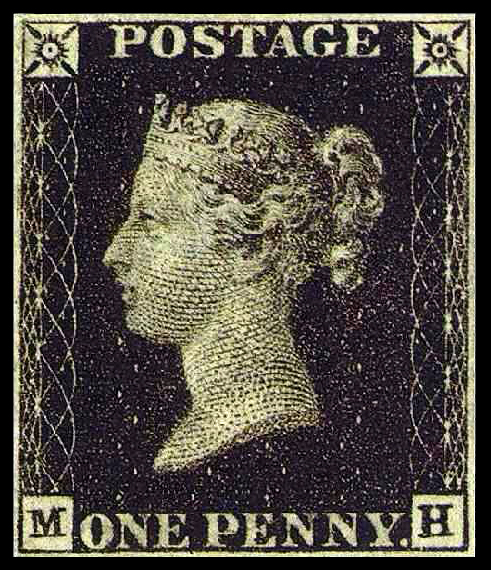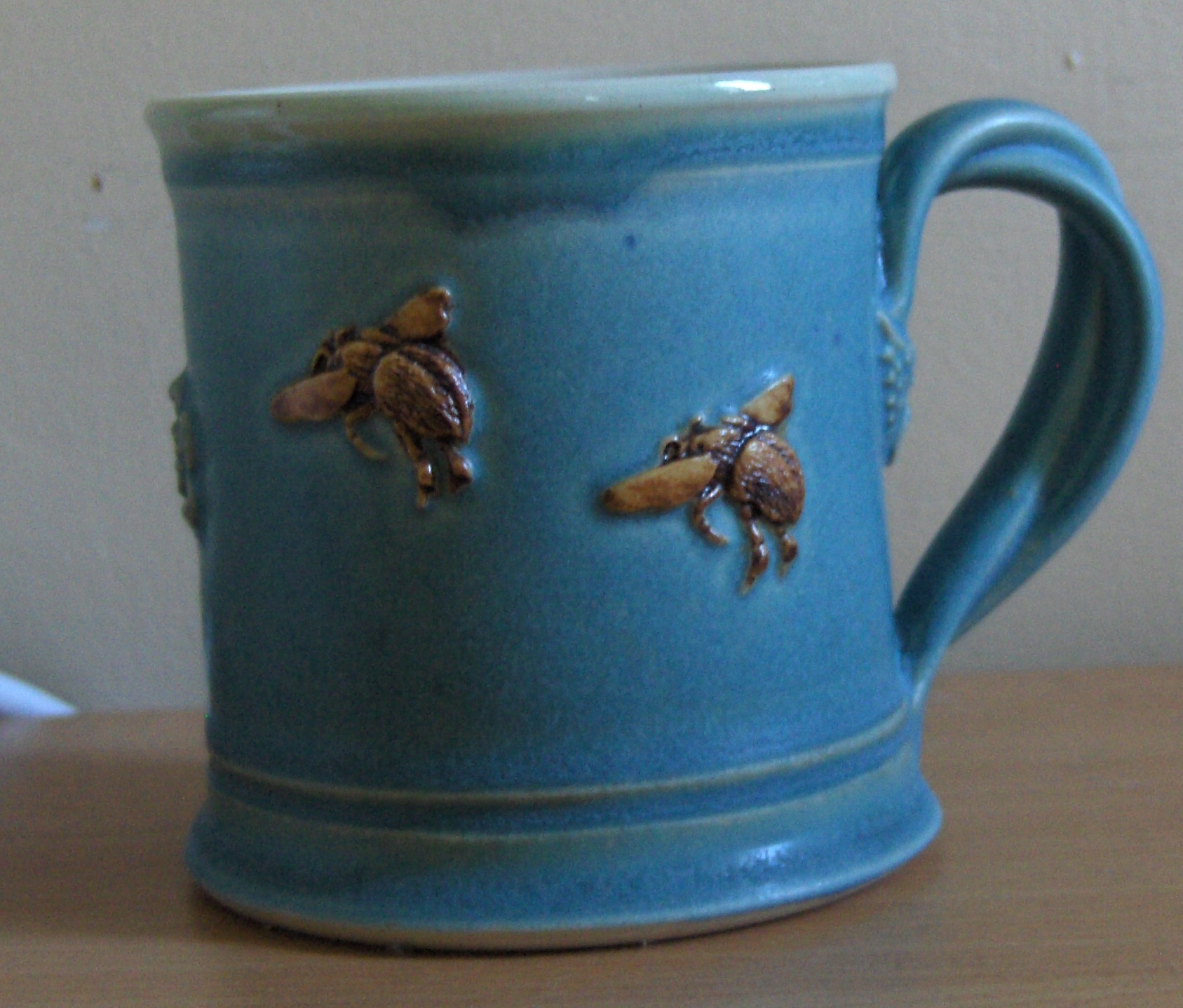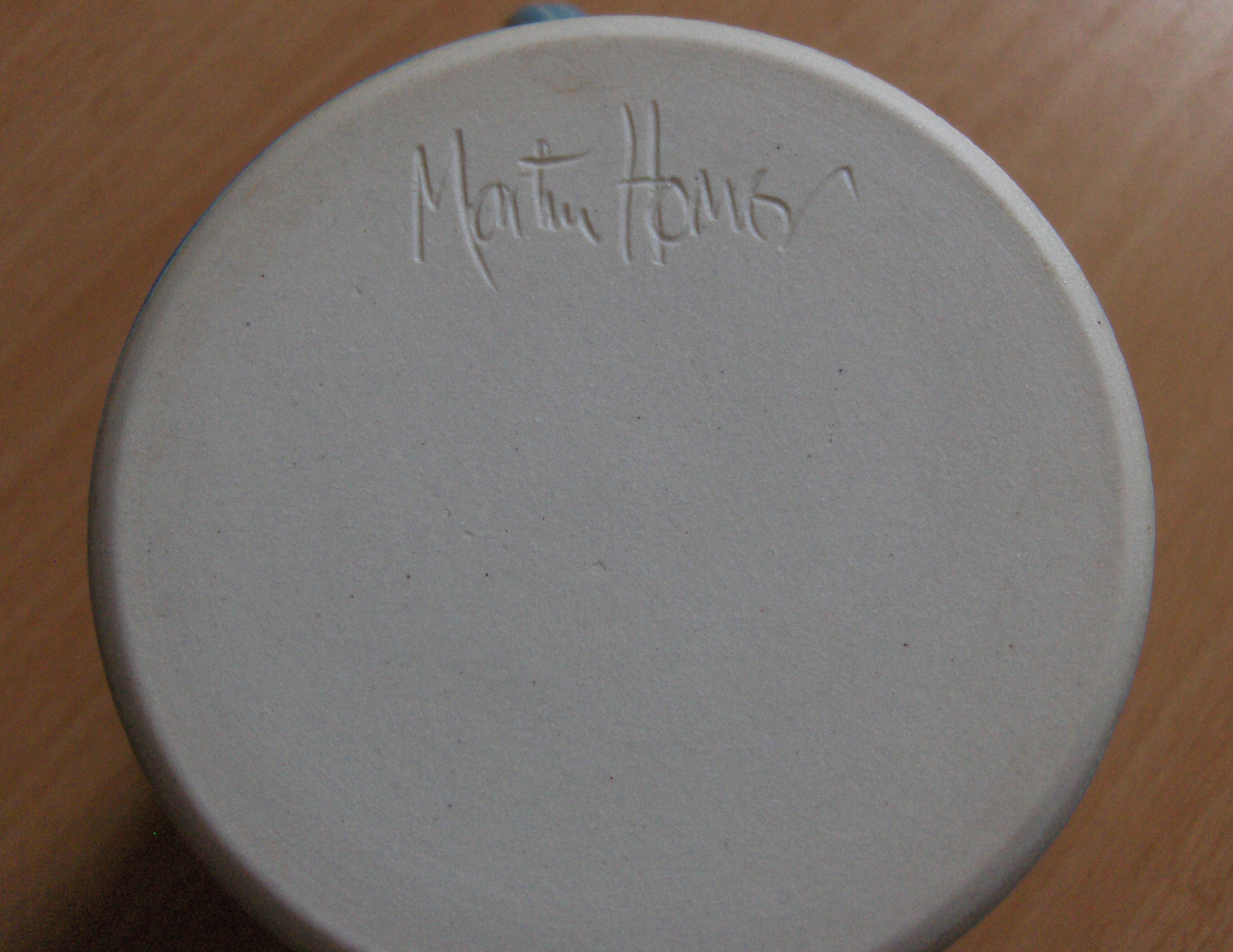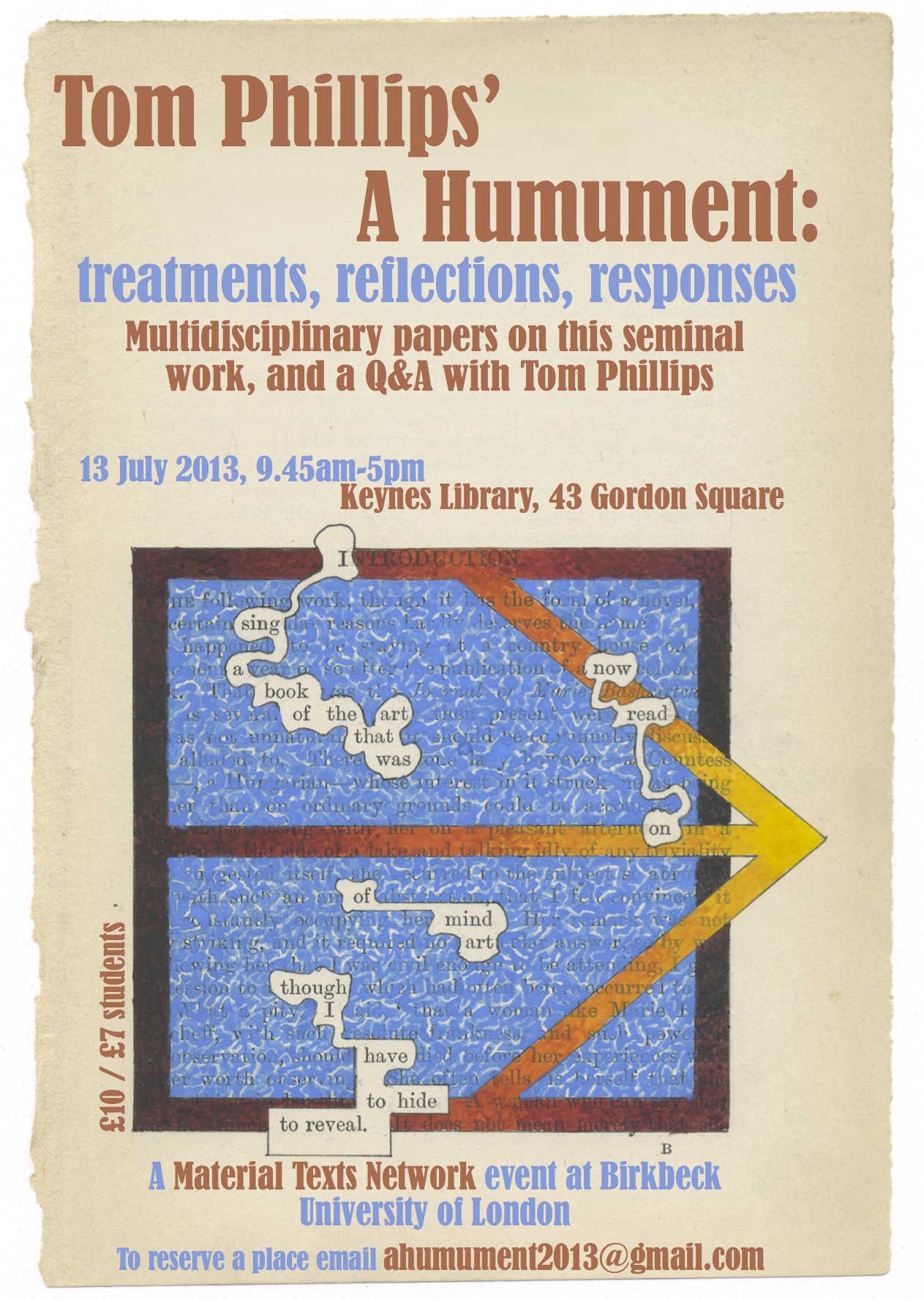 As the whistleblower Edward Snowden leaks ever more information about global bugging operations — today it’s the US spying on the European Union, but a week or two ago it was the British government spying on participants in the last G8 summit — the question inevitably arises: how can you communicate securely in the modern world? And with that, the inevitable but somewhat horrifying answer — they are all going to have to start sending letters again. I hope the CIA has hung on to a kettle that it can use to steam them open.
As the whistleblower Edward Snowden leaks ever more information about global bugging operations — today it’s the US spying on the European Union, but a week or two ago it was the British government spying on participants in the last G8 summit — the question inevitably arises: how can you communicate securely in the modern world? And with that, the inevitable but somewhat horrifying answer — they are all going to have to start sending letters again. I hope the CIA has hung on to a kettle that it can use to steam them open.
During the summer holidays Cambridge University Library will be holding three masterclasses as part of the Incunabula Project.
With the help of treasures from the incunabula collection in the University Library, Professor Lilian Armstrong, Doctor Falk Eisermann, and Professor William Sherman will respectively illustrate the development of Venetian book ornamentation in the late 15th and early 16th century, the centrality of the Gesamtkatalog der Wiegendrucke Database to bibliographical research and/or cataloguing projects, and the significance of contemporary readers’ interventions and additions to their books.
The three classes will take place in the afternoon of Tuesday 25th June, Thursday 4th July, and Thursday 11th July respectively.
The first masterclass, on Tuesday 25th June, is entitled “Hand Illumination on Venetian Incunabula in Cambridge University Library”, and will be led by Lilian Armstrong, Mildred Lane Kemper Professor of Art at Wellesley College, Emerita, a leading authority in the History of Italian illumination. Her research concentrates in particular on book decoration in Venice in the second half of the 15th century, following the invention of printing with movable type. The seminar will be held in the Keynes Room from 2.30pm to around 4pm. This is a repeat of the class originally held on 4 June.
The second class will be led by Doctor Falk Eisermann, Head of the Gesamtkatalog der Wiegendrucke (Union Catalogue of Incunabula) at the Berlin State Library. Doctor Eisermann’s seminar, entitled ”The Gesamtkatalog der Wiegendrucke (GW) database: structure, contents, retrieval strategies”, will illustrate how the GW can be fruitfully researched and used by bibliographers and cataloguers of incunable material. The seminar will take place in the Milstein Room on Thursday 4th July between 2.30pm and 4pm.
The last class of the series, entitled “The Reader’s Eye: Between Annotation and Illustration”, will be held on Thursday 11th July by William Sherman, Professor of Renaissance/Early Modern Studies in the Department of English and Related Literature at the University of York. Professor Shermann will investigate readers’ marginalia as a visual as well as a verbal phenomenon and how their correlation to the book or a particular passage of its text. This class will be held in the Keynes Room from 4pm to around 5.30pm.
Attendance will be limited in order to allow all attendees a chance to see the books under discussion up close, and to participate in the discussion.
To book your place, please email <incunabula@lib.cam.ac.uk>.
Above: stoneware mug by Ludlow potter Martin Homer, signed on the base by the artist
At a seminar last week organised by the Material Culture Lab in the department of Archaeology in Cambridge, four speakers offered some thoughts on what ‘material culture’ means in their discipline. Amongst them was classicist Robin Osborne, who mentioned his recent work on artists’ signatures on statues, vases, and other objects. I tracked down his article, ‘The Art of Signing in Ancient Greece’ (Arethusa 43 (2010), 231-51), in which he offers a window onto some ancient Greek material texts. Lately I have been thinking a lot about the title-pages of early modern printed books, and found Osborne’s articulation of the ways in which writing itself ‘attracts writing’ (p. 243), as well as his discussion of what the relative size and position of artists’ names and other texts on Acropolis column dedications, gravestones, and drinking cups might tell us about the interactions between the various agents involved in their production, to be surprisingly pertinent.
Below: frontispiece and title-page of Alexander Pope’s translation of Homer’s Iliad
A cat-obsessed friend just alerted me to the most creative piece of medieval marginalia I’ve ever seen. You can view it here.
On Tuesday 4 June 2013, Cambridge University Library will be holding its 9th masterclass as part of the Incunabula Project.
The masterclass, entitled “Hand Illumination on Venetian Incunabula in Cambridge University Library”, will be led by Lilian Armstrong, Mildred Lane Kemper Professor of Art at Wellesley College, Emerita, and a leading authority in the History of Italian Illumination. Her research concentrates in particular on book decoration in Venice in the second half of the 15th century, following the invention of printing with movable type.
With the help of treasures from the incunabula collection in the University Library, Professor Armostrong will illustrate the development of Venetian book ornamentation and its transition from hand painted decoration to woodcut illustration in the late 15th and early 16th century.
The seminar will be held in the Keynes Room at the Library. It will start at 2.30pm and will last approximately 90 minutes, allowing time for questions and discussion. Attendance will be limited in order to allow all attendees a chance to see the books under discussion up close, and to participate in the discussion.
To book your place, please email <incunabula@lib.cam.ac.uk> For more information, please visit <https://inc.blog.lib.cam.ac.uk/> <http://www.lib.cam.ac.uk/deptserv/rarebooks/incunabula_project.html>
Floreat Bibliomania – Great Collectors and their Grand Designs
A centenary conference in memory of A.N.L. (Tim) Munby, 1913-1974
King’s College, Cambridge, 28-29 June 2013
Tim Munby pioneered the historical study of British book collecting and the use of sale catalogues within bibliographical research. He was Fellow and Librarian of King’s College, Cambridge, from 1947 to 1974, Lyell Reader in Bibliography at Oxford 1962-63, a Founding Trustee of the British Library, President of the Bibliographical Society and co-founder of the Cambridge Bibliographical Society.
King’s College, Cambridge will hold a conference on 28-29 June 2013 to mark the centenary of Munby’s birth. The event will include papers by distinguished speakers, several exhibits, a private tour of the Founder’s Library at the Fitzwilliam Museum and a celebratory dinner.
For details and a booking form, please visit www.kingsmembers.org/munby2013
Bizarre news the other day on BBC Radio 4’s The World at One (now available as a written feature on the BBC website). Verifiable figures are not available, but French firms – perhaps as many as 50% of them – continue to employ graphologists in recruitment processes. Applicants must submit a sample of their handwriting, which is then submitted to the ‘experts’ for analysis.
I don’t doubt that handwriting analysis can have specific practical or scholarly applications. I imagine the well-established techniques used by palaeographers to identify archaising scripts (or, conversely, to identify manuscripts copied by the same hand) – attention to the minute idiosyncrasies of letter formation and the duct of the scribes’ handwriting – aren’t too different to those involved in proving a modern forgery. Since such identifications can be the subject of scholarly disagreement, any ambitious claims for modern handwriting analysis need to be viewed with considerable scepticism.
Any attempt to apply graphology in the realms of psychology or medicine, however, just seems like bald charlatanism to me. Even where the stakes are far lower – in this case, occupational recruitment – I’m far from convinced of its usefulness. Like astrologers, chiromancers or psychics, graphologists stick to the vague and avoid the specific, and use evidence already given to them by the person they’re reading: literally, in this case, since graphologists usually study a handwritten personal statement rather than a neutral piece of writing and have spectacularly failed to give accurate descriptions when confronted with a neutral sample of handwriting.
The French attachment to graphology is a cultural one – they invented it, so it’s not surprising they remain attached to it – but it is used elsewhere, in Germany, Switzerland and Israel. Psychometric tests were, in their modern form, an American invention and remain more popular in the Anglophone world, though not to the exclusion of graphology. Indeed, graphology may be catching on on this side of La Manche. A growing number of companies justify its use as an additional screening tool because it is cheap and they claim it offers a fresh perspective on a candidate that CVs do not.
Could this perception that the manuscript word is more ‘personal’ than the printed or digital word – at a time when the future relationship between all three remains unclear – be a reaction against recruitment processes that have been rendered increasingly impersonal by e-mailed CVs and the use of online application systems? A 1990 report by the Law Society Gazette cautioned that – regardless of doubts about graphology’s credibility – European law states that submitted applications are the property of the recruiter. He or she may legally (though perhaps not ethically) send it for analysis without acquiring the applicant’s consent. So, when you’re next asked to provide something in manuscript – caveat scriptor! – you’ve no idea where it might end up.
 My last blogpost touched on the subject of trolling. Another diverting/infuriating form of digital textuality is the phishing email–the letter which tries to persuade you to give away all your numbers and passwords in order to spike your system, compromise your online security, or relieve you of significant sums of money. The etymologists link the word ‘phishing’, predictably enough, with fishing, angling for personal information (the OED dates its arrival to 1996), but explain that it has probably been crossed with ‘phreaking’–an older scam for getting free telephone calls (dating back to 1971).
My last blogpost touched on the subject of trolling. Another diverting/infuriating form of digital textuality is the phishing email–the letter which tries to persuade you to give away all your numbers and passwords in order to spike your system, compromise your online security, or relieve you of significant sums of money. The etymologists link the word ‘phishing’, predictably enough, with fishing, angling for personal information (the OED dates its arrival to 1996), but explain that it has probably been crossed with ‘phreaking’–an older scam for getting free telephone calls (dating back to 1971).
This morning members of the University of Cambridge were taken on a particularly creative phishing trip:
“Dear Staff/Student,
As phishing schemes become more sophisticated, with phishers being able to convince up to 50% of recipients to respond, it has become increasingly important for the Webmaster of The University of Cambridge to upgrade the University’s Webmail server to the new and more secured 2013 version.
This will enable your webmail take a new look, with virus protection and anti-spam Security. You are advised to verify and upgrade your account to the University’s 2013 latest Webmail version to enable recommended advanced features.
To verify your account, please click and follow the verification link below for the required upgrade or simply copy and paste the link into your web browser;
[link deleted, for obvious reasons]
To ensure full protection of your account, please take a few minutes now – it could save you a lot of time and frustration later.”
It’s ingenious, isn’t it? Shades of Shakespeare’s Iago, pretending that he wants to keep Othello from harm at the same time as he destroys his marriage and his mind. I particularly like ‘with phishers being able to convince up to 50% of recipients to respond’–such modesty!
CMT GRAND DAY OUT 2013
 The AHRC-funded exhibition ‘The Brownlows in Italy: Books and Continental Travel’, curated by Abigail Brundin and Dunstan Roberts as part of the CMT National Trust Libraries project, runs at Belton House in Lincolnshire until 3 November 2013.
The AHRC-funded exhibition ‘The Brownlows in Italy: Books and Continental Travel’, curated by Abigail Brundin and Dunstan Roberts as part of the CMT National Trust Libraries project, runs at Belton House in Lincolnshire until 3 November 2013.
So that CMT members can enjoy a private view of the house and the exhibition, we are organizing a day-trip to Belton on *Monday 10 June*. Minibuses will leave from Chesterton Road at 8.30, returning to Cambridge by 5.
The visit is free, but pre-booking is required and places are limited. Please drop a line to Jason Scott-Warren (jes1003) and Abigail Brundin (asb17@cam.ac.uk) if you would like to come.
For more information about the house and the project, see > http://www.nationaltrust.org.uk/belton-house/ and http://www.english.cam.ac.uk/cmt/?p=2925. A poster for the exhibition can be downloaded here.




